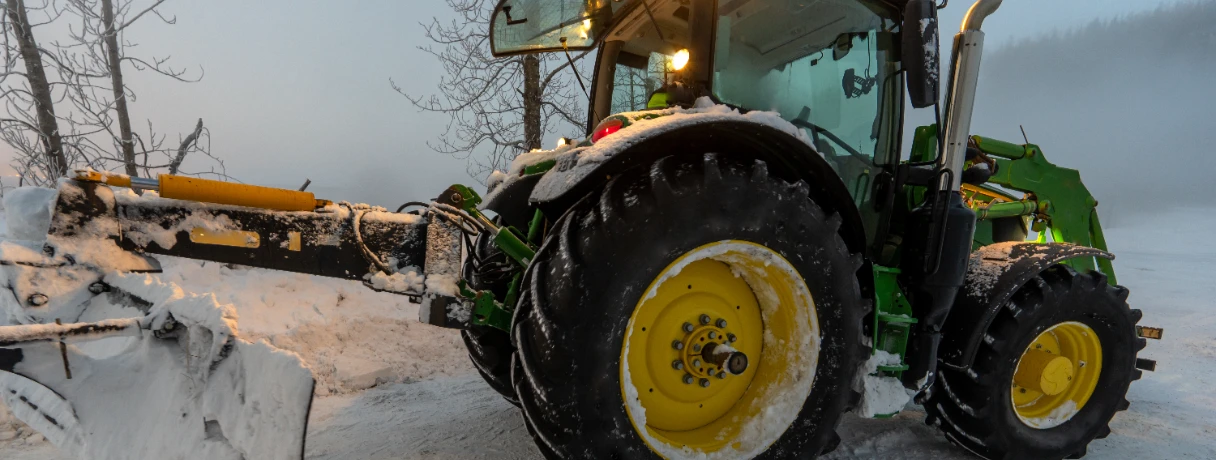What Is a Construction Takeoff?
A construction takeoff is the detailed process of identifying and quantifying every material required to complete a project. It includes items such as:
- Concrete, steel, rebar
- Piping, ductwork, and asphalt
- Finishes, insulation, roofing
- Labor, equipment, and waste factors
A complete construction takeoff ensures accurate estimating, proper material planning, and controlled job costs. During this process, estimators rely heavily on the accuracy of the takeoff drawing to understand dimensions, specifications, and material locations.
Why Construction Takeoff Matters?
A precise construction takeoff impacts almost every downstream project activity.

An accurate takeoff is an indispensable part of any successful construction project. Its importance cannot be overstated as it lays the groundwork for numerous critical aspects of the construction process. Here are some key reasons why construction takeoffs are essential.
1. Accurate Cost Estimation
- Quantifies all required materials.
- Ensures competitive, profitable bids.
- Reduces surprises and costly overruns.
2. Efficient Resource Planning
- Helps procurement teams order the right quantities.
- Avoids material shortages and project delays.
3. Early Risk Mitigation
- Identifies supply chain or logistics concerns.
- Flags labor and scope gaps early.
- Allows teams to build mitigation strategies before bidding.
4. Better Value Engineering
- Offers clear visibility into material and cost breakdowns.
- Enables smarter substitutions, design changes, and cost optimizat
5. Stronger Client Relationships
- Transparent takeoff documentation builds trust.
- Helps justify estimates and demonstrate project control.
Who Performs a Construction Takeoff?
Typically handled by:
- Estimators
- Preconstruction Managers
- Project Engineers
- Project Managers
These professionals analyze drawings, scope, and specifications to create an accurate, structured quantification.
What Does a Takeoff Include?
A standard construction takeoff contains:
- Material lists (concrete, steel, wood, finishes, MEP components)
- Quantities (LF, sqft, cubic yards, etc.)
- Waste factors (for cutting, breakage, scrap)
- Labor + equipment hours
- Notes + assumptions
How to Do a Construction Takeoff: Step-by-Step Workflow
Construction takeoff methods fall into two categories: manual takeoff and digital/AI takeoff.
A. Manual Takeoff (Traditional Method)
Still useful for detailed or tricky areas, but time-consuming. Steps are as follows:
- Review drawings thoroughly: architectural, structural, mechanical, and civil.
- Measure quantities using scales and rulers.
- Record measurements in a spreadsheet or takeoff sheet.
- Categorize items by trade to maintain clarity.
- Double-check calculations to avoid cascading errors.
Pros: Full control, flexible.
Cons: Slow, inconsistent, high chance of human error.
B. Digital Takeoff (Using Takeoff Software)
Digital takeoff software speeds up measurements with on-screen tools.
1. Manual/Semi-Automated Digital Takeoff Software
Most widely used by estimators. Key features:
- Upload PDFs or plan files
- Use on-screen measurement tools
- Access digital scaling & area/length counts
- Export quantities directly into estimating software
- Share work with teams, track versions
Benefits:
- Faster than manual takeoff
- Reduces repeated work
- Improves collaboration
2. AI-Powered Takeoff Software (Fastest Method)
AI takeoff solutions like Beam AI automate most of the process. How AI takeoff works:
- Upload plans
- Confirm scope
- AI extracts and quantifies material automatically
- Download quantities in 24–72 hours

Benefits of AI Takeoff:
- Saves up to 90% of time
- Allows sending 2X more bids
- Avoids missed items and inconsistencies
- Helps contractors be the first quote out
AI-powered takeoff is becoming the preferred method for teams managing high bid volumes or tight deadlines.
What Makes a Construction Takeoff Successful?
1. Attention to Detail
- Even minor errors can inflate costs or delay projects.
2. Clear Communication
- Keep architects, engineers, and subcontractors aligned.
- Validate assumptions early.
3. Strong Use of Technology
- Takeoff takes 30–50% of the estimating cycle.
- Using takeoff software or AI takeoff tools dramatically boosts productivity.
4. Continuous Improvement
- Learn new methods, material changes, and industry standards.
- Refine your takeoff process over time.
The Bottom Line
A strong construction takeoff is essential for accurate estimating, smooth procurement, and successful projects. As drawings get more complex and bid timelines shrink, relying solely on manual takeoff isn’t sustainable. Digital takeoff tools and AI-powered takeoff platforms like Beam AI help estimators move faster, reduce rework, and produce consistent, high-quality takeoffs across every project.

.png)








.jpg)


.webp)

